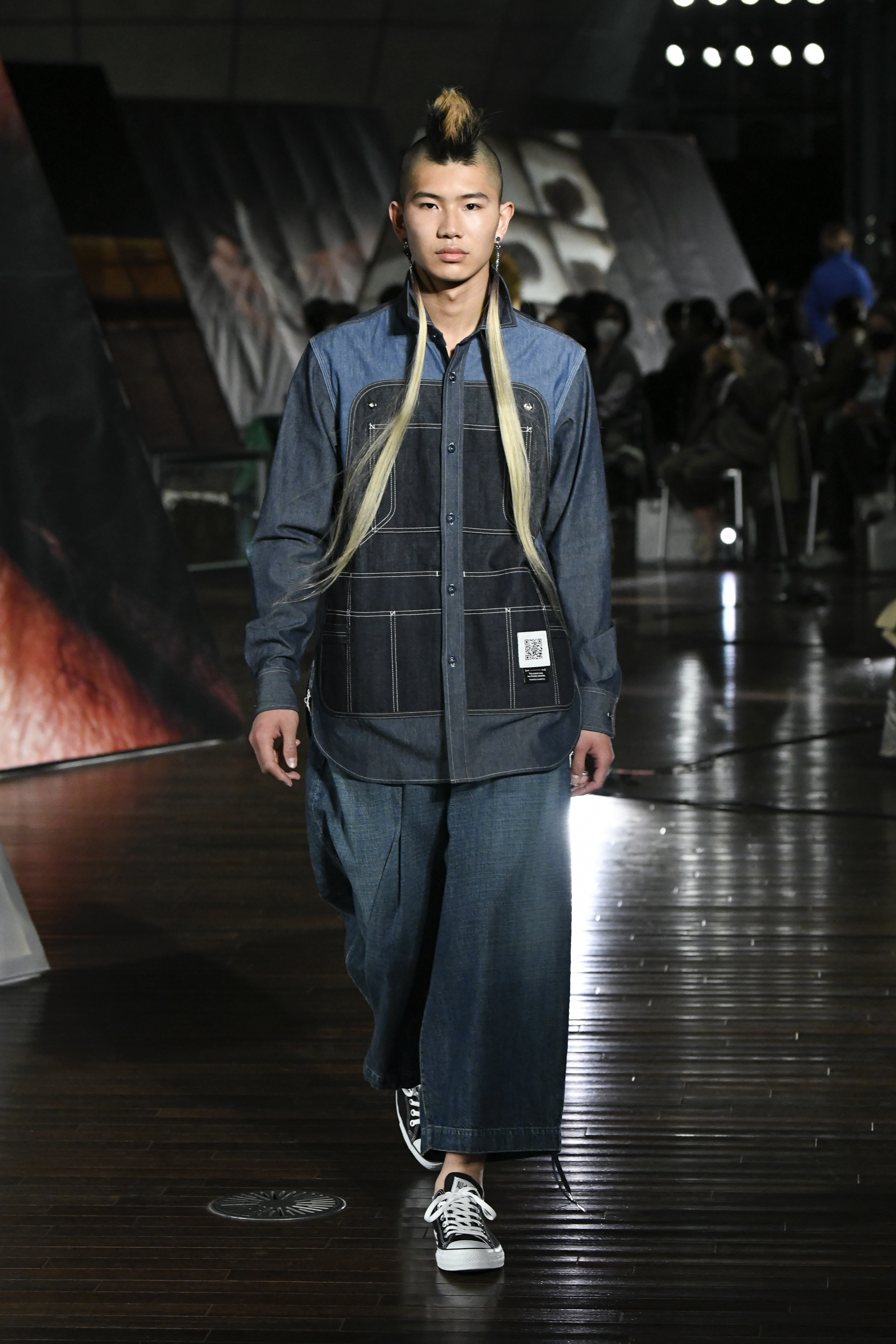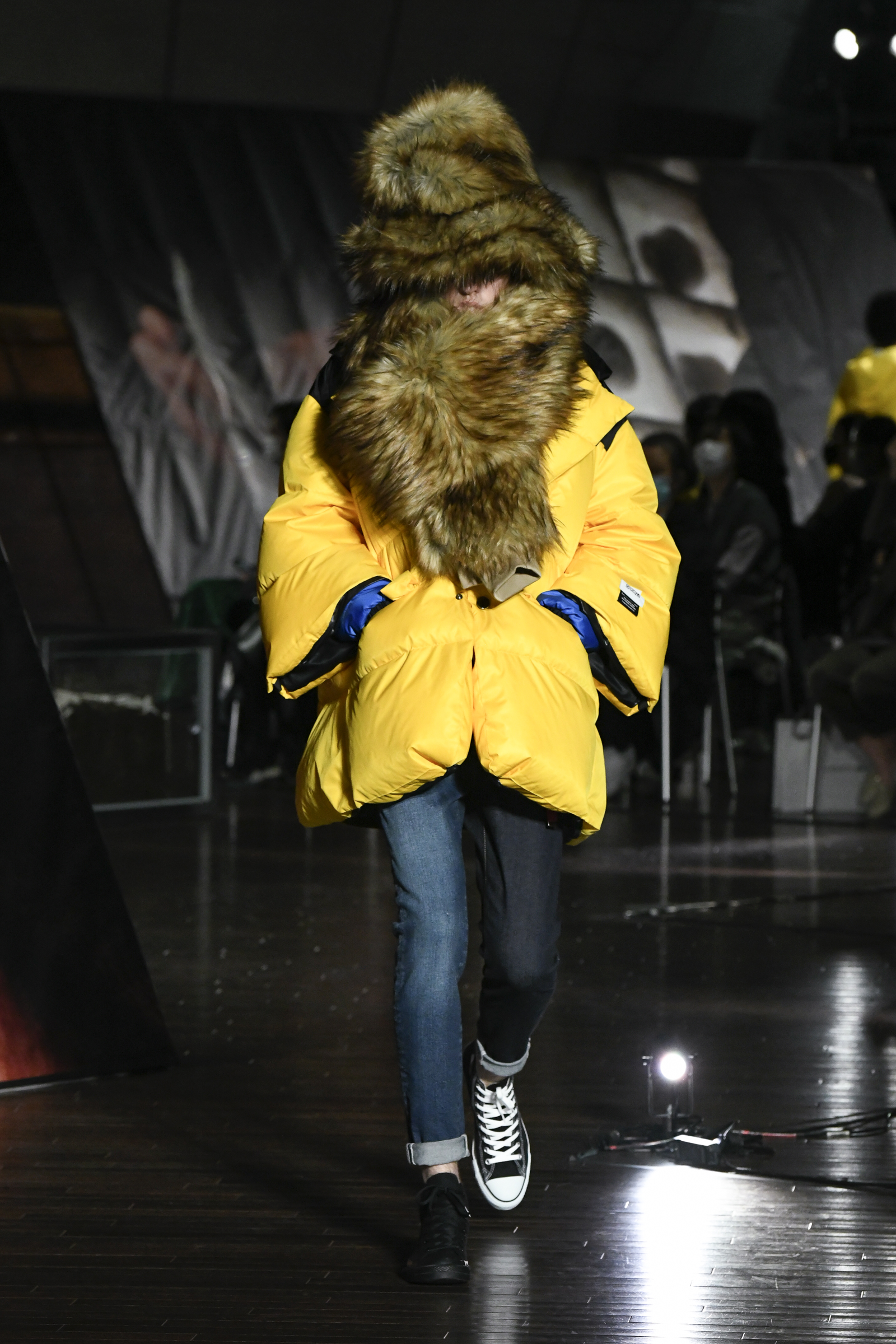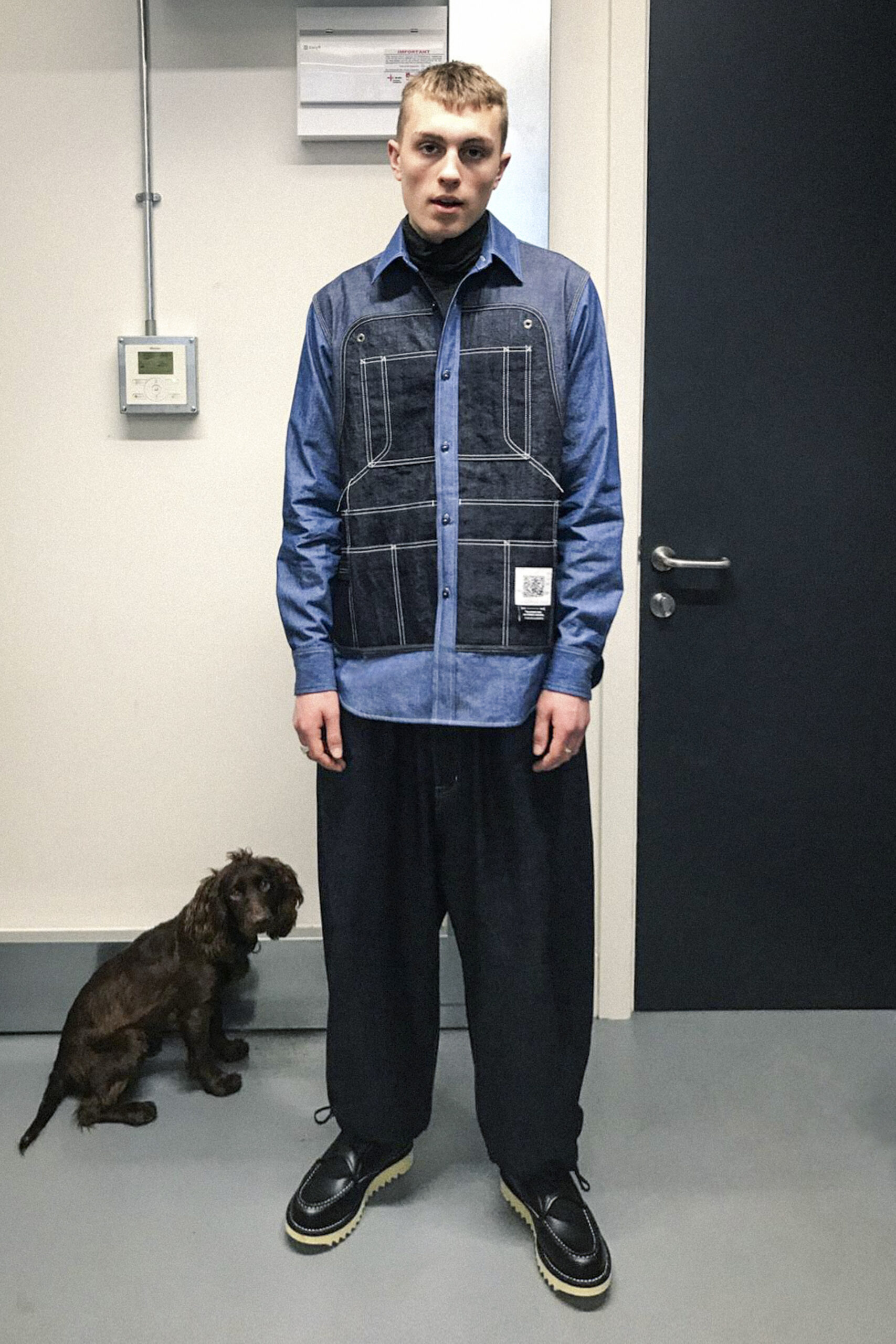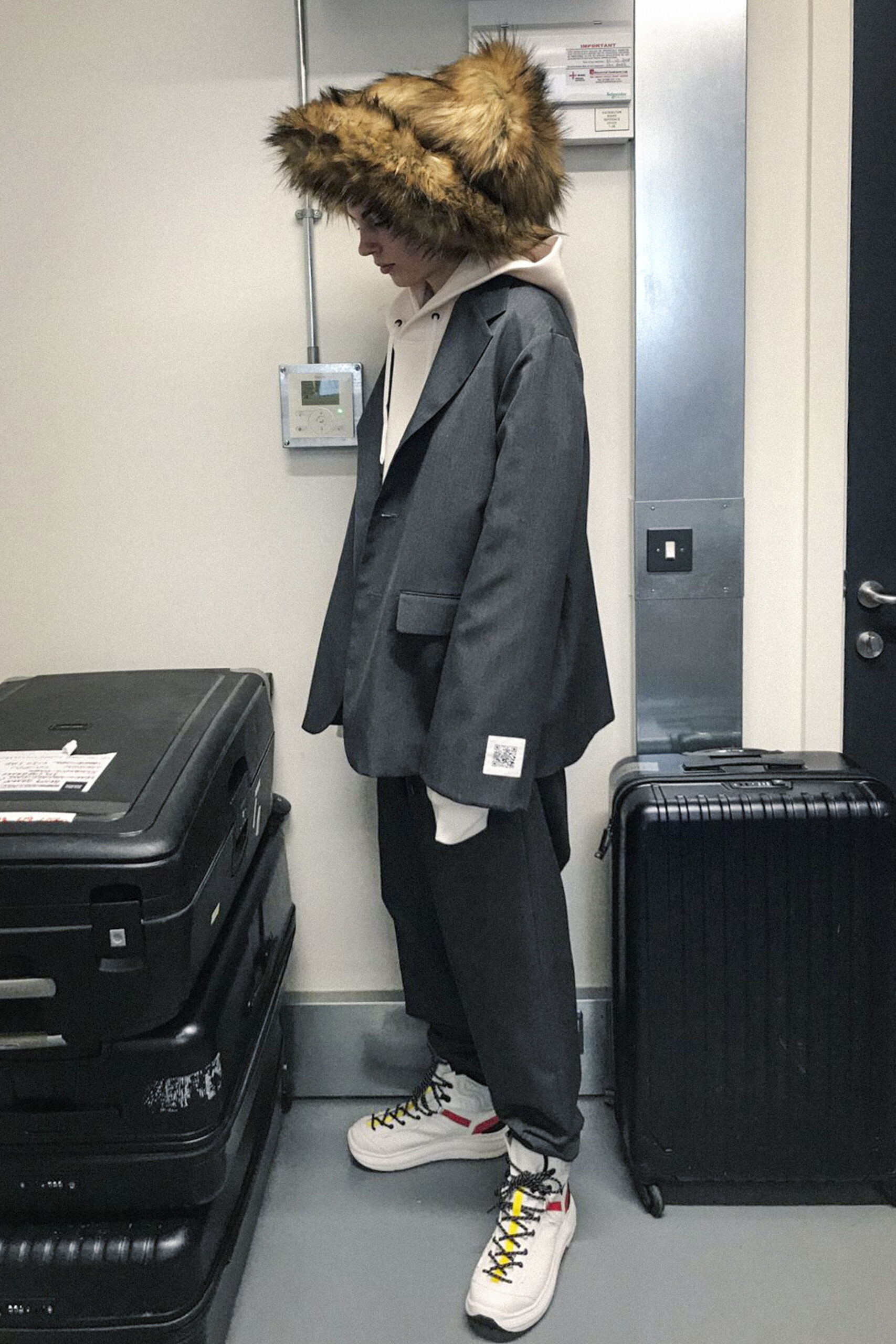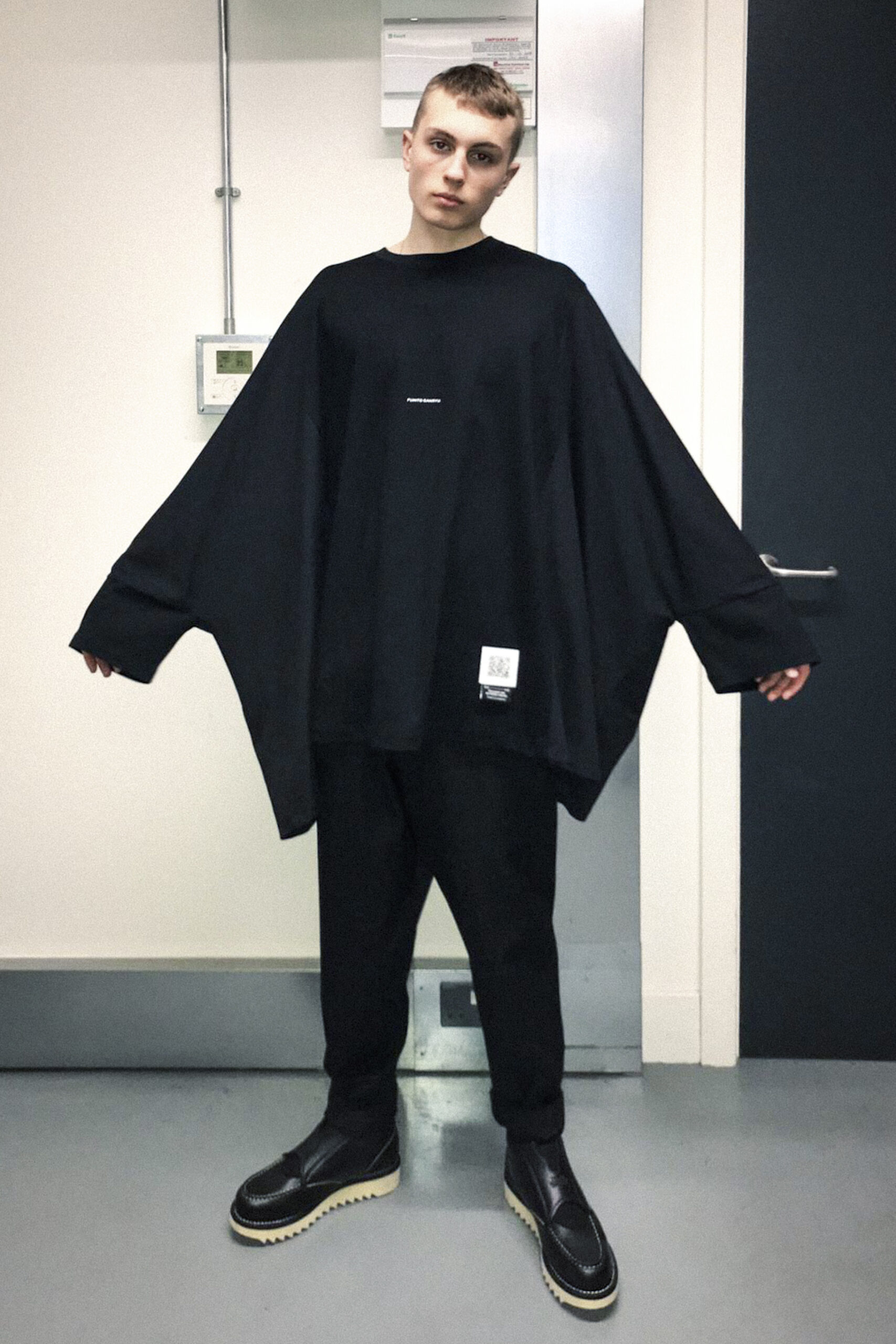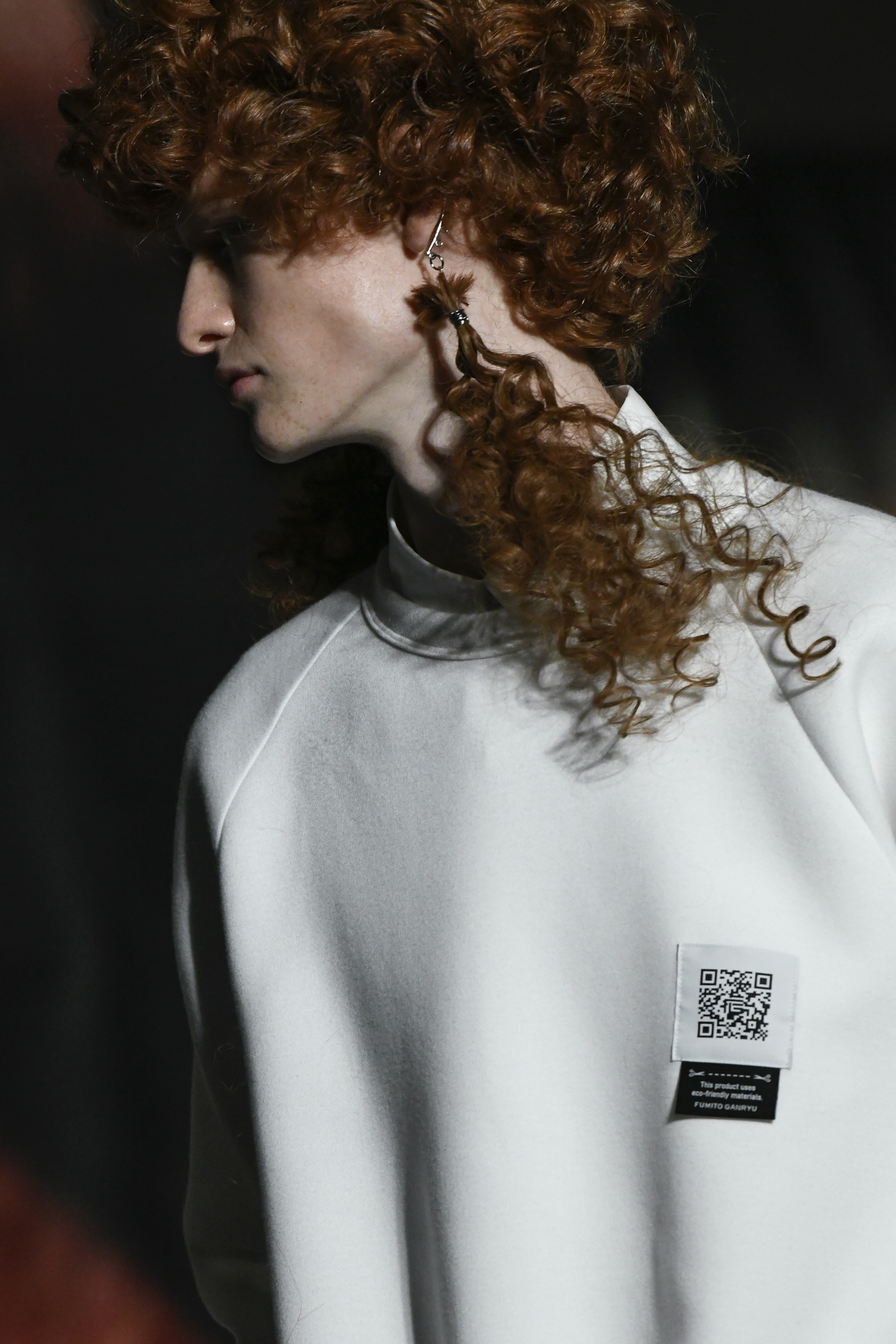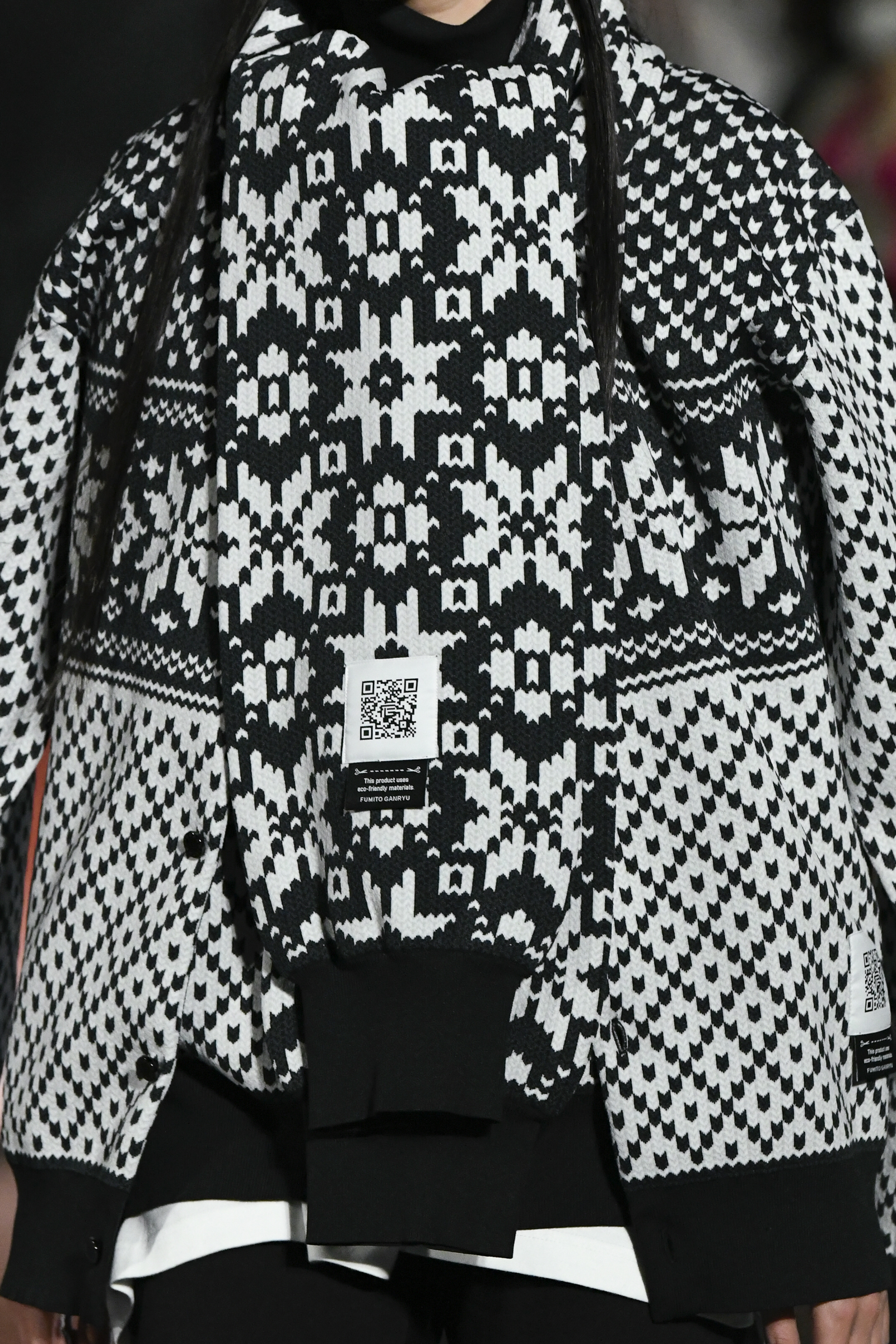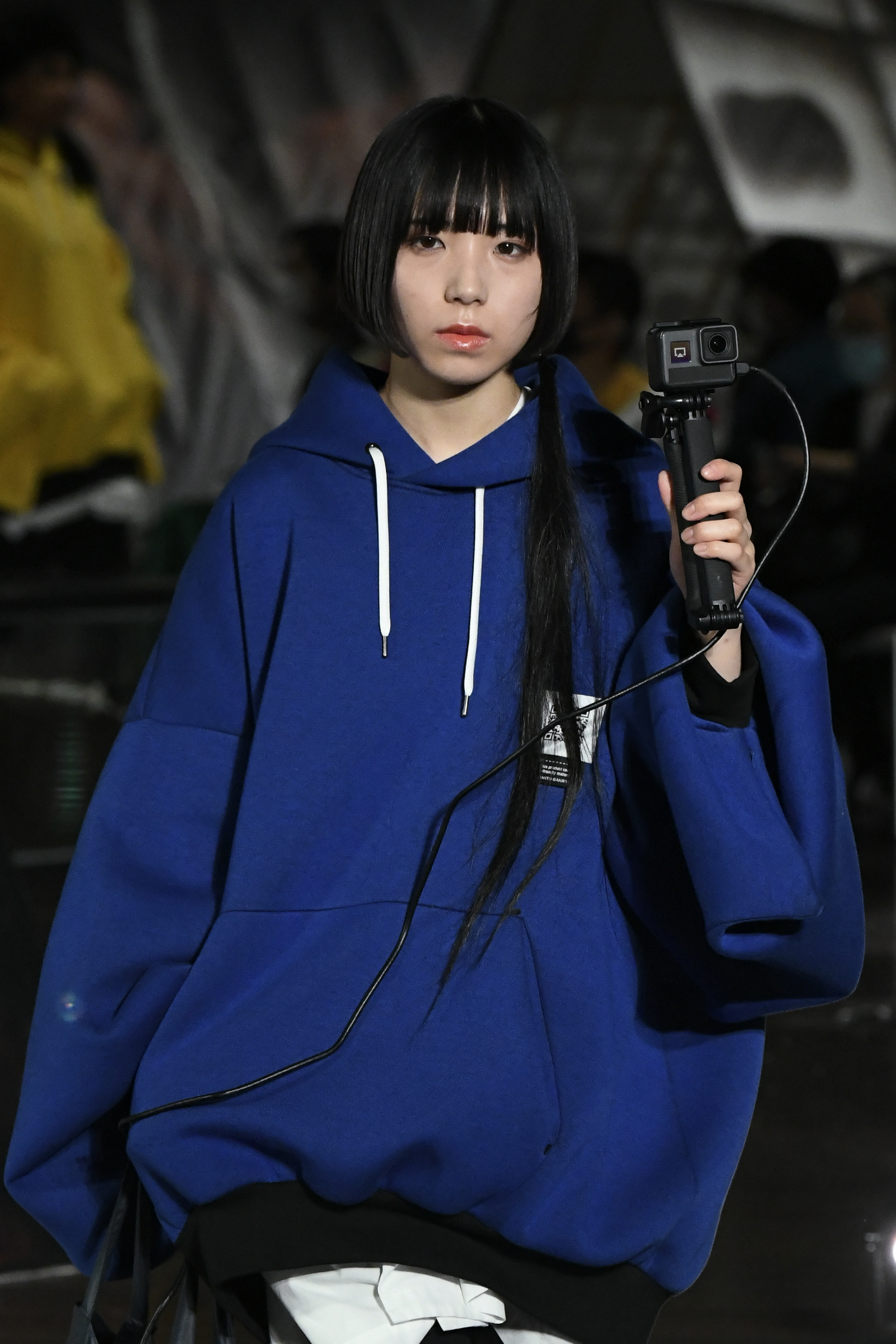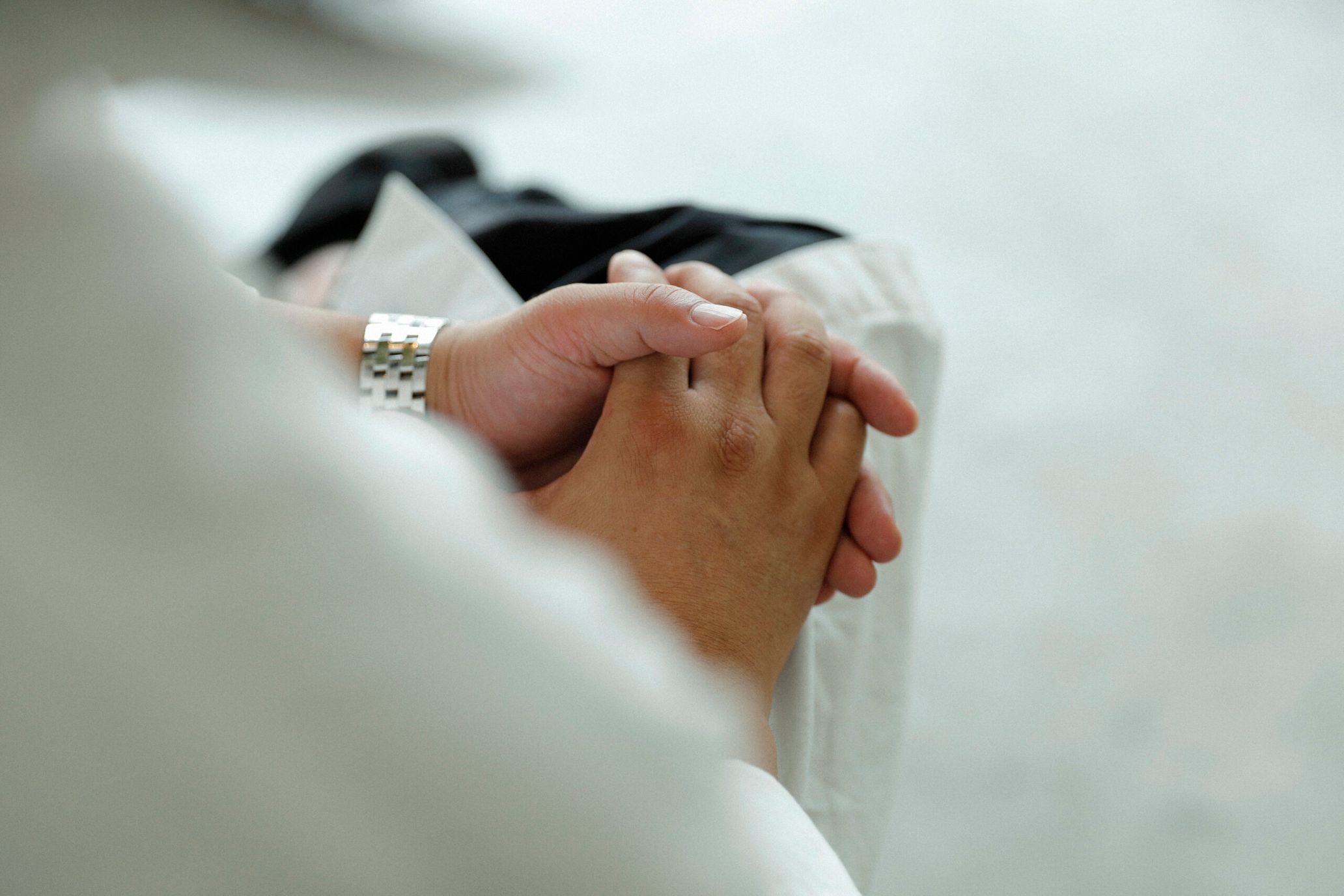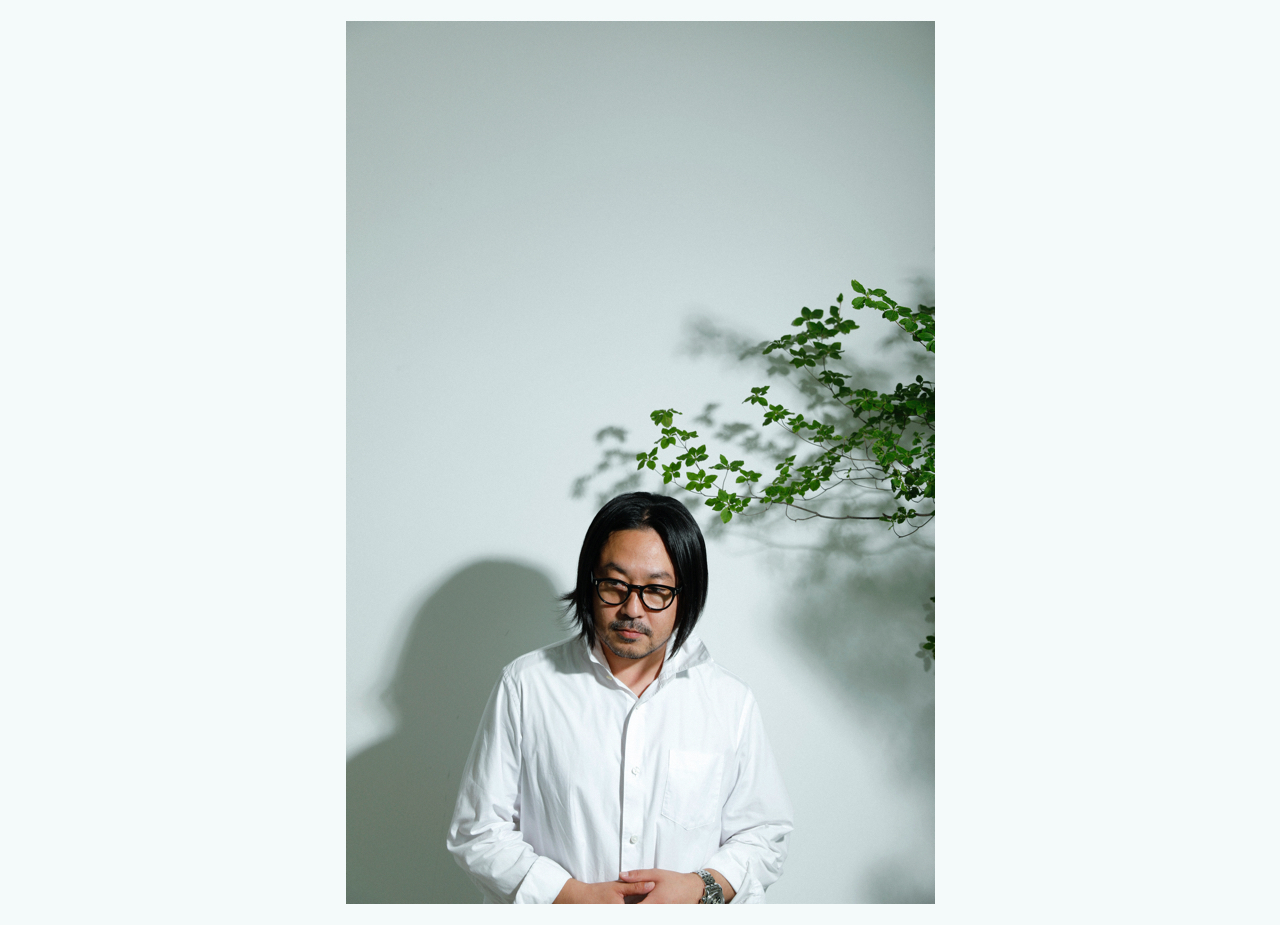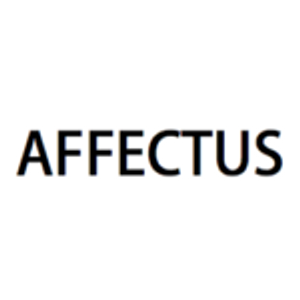Before the street fashion whirlwind occurred in the late 2010s, the street-infused mode style was introduced to the world by Fumito Ganryu. However, after he founded his brand, Fumito Ganryu, in 2018, he started proving that his aptitude is not only limited in the scope of street style. In order to deliver his bona fide words, we have so far provided two installments (vol.1 and vol.2) of this long interview.
In this final installment, vol.3, we unveil Ganryu’s perspective on the society and future construed in the brand’s latest 2021 Autumn Winter collection. The conversation went beyond the scope of fashion to diversity, internet, society, and finally, his future.
Standardization is in extent of diversity
――The theme of the 2021 Autumn Winter collection is “Inevitable Diversity”—what does this mean?
Fumito Ganryu (Hereinafter Ganryu): For instance, even though we are currently in the pandemic, I think there are still inevitable encounters. I occasionally had opportunities to meet people from different industries whom I wouldn’t have had a chance to meet before the pandemic. This isn’t just happening to me, and I’m assuming that it’s happening to people from other places all around the world. I thought by unraveling these unprecedented aspects, I would be able to craft things that fit the mentality and mood that may arise in the future. Various stories that are now oozing underneath will forge and conjure new diversities. By calling it inevitable, I was aiming to make a proposal that is almost like a prediction.
――Did you have some sort of uncertainty in regard to diversity?
Ganryu: Regarding diversity and standardization, if someone asked me which word simply gives me a good impression, I would probably answer, for the most part, ‘diversity.’ But I actually think both words are neutral, and that they both have positive and negative aspects. I think the word ‘diversity’ going off on its own is dangerous, and even today, I absolutely feel many forms of expression are being taken away as more diverse rights are getting approved.
――I feel so too even when I’m watching TV dramas and anime shows. The contents that were once accepted in the old days are being prohibited today.
Ganryu: Nowadays, social media has power, and a unilateral ethical viewpoint is pressuring people and thwarting them “from challenging things that are different.” As more diverse statements get accepted, diversity itself starts to lose its colors and transition into standardization. I feel like the history is repeating itself. Though, I was concerned that I might be the only one who thinks this way.
――But I’m assuming those thoughts led in creating the 2021 Autumn Winter collection. Was there something that turned your hesitant thoughts into certainty?
Ganryu: I found a quote of a philosopher putting my exact thoughts into words: “Standardization awaits beyond diversity.” It was being said before Christ. Through various generations and in various countries, diverse thoughts that fight for equity are born and rules are set to manage confusion, which then leads back to standardization.
――I feel like there’s going to be a new type of frustration arising from being standardized.
Ganryu: But standardization is, in a way, a source of stability in each era, and I think the ability to create as freely as possible within that given range is what’s required for the creators in every epoch.
From the standardized morality and value, new expressions or diverse statements are born, but then, new issues arise from there and as we try to solve these problems through discussions conducted in a mood or atmosphere of tacitness, and begin to organize rules, we are again drawn back to standardization. We keep repeating the same cycle. It would’ve been better if this cycle was evolving.
――Today, in the fashion industry, showing contribution in supporting environmental sustainability is of paramount importance. It is deemed an important justice in the current fashion industry.
Ganryu: Sustainability is merely one of the guidelines from an ethical point of view. I, of course, think it’s one of the important guidelines, yet I’m surmising that in the future, the broader ethical outlook will be in demand more in various industries. As we enter the age helmed by the multifaceted AI technology and genome industry, I think morality and ethical sense will both be bought up in every discussion. What are clothes suitable for the era and how should the brand take its shape? —I want to propose creations while sustaining the inevitability and ethical outlook.
Practicing inevitable diversity and the QR code
――Regarding the photos of the looks of 2021Autumn Winter collection, I thought they were unique and different from the look photos of other brands—the backgrounds are artistically cluttered, like there’s a dog in the background.
Ganryu: Details like studs and safety pins are my favorites. I’m sure there are many different ways of thinking and expressing, but as a brand, I want to focus on spirituality on a deep level, and instead of using something that’s symbolic, I want to convey neutrally the ‘label mind,’ which is my basis. So, for example, purposely implementing aggressive nuances when conveying something in a mild tone, is a paradoxically punk mindset to me. The way we published the visuals of this collection on Vogue Runway is one of the representations of such mindset.
――I see, compared to the type of look photos we see on Vogue Runway that are mostly taken at a beautiful studio and with beautiful backgrounds, the look photos of your new collection are disorderly and punk. How did you proceed the shoot with Tom Guinness, who did the styling?
Ganryu: As the theme was “Inevitable Diversity,” we didn’t give him orders, but instead we requested him to do however he liked. I casted the models but other than that, ultimately everything was done freely. If we had a solid blueprint and gave instructions accordingly, we would have lost our main intention of demonstrating diversity. When we saw the look photos and the dog in the background, it made me content and think, “Tom Guinness has a great punk psyche.”
――There are QR codes on the items of the 2021 Autumn Winter collection—what’s the intention behind this?
Ganryu: There are a lot of intentions behind this, but moreover, I didn’t want to rely on the logo, but instead, I wanted people to give attention to the intrinsic components of the clothes like the forms, materials and theme. I wanted to propose a question, ‘what is value?’ by giving functionality to a simple meaningless insignia and turning it into a device.
――It looks like there are alphabets in the QR code….
Ganryu: ‘FG’ is hidden in the center of the QR code. By embedding these characters, it’s no longer a mere device, and it’s now a logo device that denies logos while embodying a logo.
――Is this logo embedded QR code used on all items?
Ganryu: The QR code is on almost all items of 2021 Autumn Winter collection, and it’s also on the tops exclusively available on our online store. If you scan the QR code, it jumps to the website. The lineup on the website is consisted of simple items considering the disadvantage of e-commerce, where fittings cannot be done.
――So, by scanning the QR code, people can access to the brand’s E-commerce site where they can buy the simple items.
Ganryu: That’s right. You can access immediately to our website and buy the items with one simple step. We are using the type of QR code called dynamic QR code, and in the future, we want to do something that’s only possible with this type of QR code.
Development of the internet wreaking havoc
――In the previous interview, we talked about your show held at the National Art Center, but there’s one more thing I’d like to ask. On the paper handed out on site, it was written: “the world getting diverse, while on the other hand, the society, which its goal is to manage and capitalistically govern, is getting standardized.” I felt like these words were trying to express something that was captured from the social aspect—From your perspective, how do you see the current society?
Ganryu: All is said on that one line, so I’m not sure if I should break it down further…. If I were to add to this, internet has become an imperative part of our lives, and I think its instant quality is what’s accelerating the shift.
――We can promptly obtain information from the internet, and we can say it’s extremely convenient—however, you are saying that it’s an encumbrance?
Ganryu: It might be deviating from the subject, but you see, when we try to glean information, we go and look up on a search engine; the whole process is so quick that we just take it for granted and we soon forget about what we were searching for. In the old days, whenever we wanted to deep dive into a certain topic, we would go to different bookstores to look for references and visit and ask someone, like a person working at a bookstore, who had expertise in the area. When you actually travel to see someone to glean information, the whole process turns into an experience, and the surroundings and air you felt during the journey help entrench the information in your memory. It is said that this countless information becomes clues that lead to memory. However, this doesn’t work with internet—because it allows you to get access to information immediately. That’s why we don’t remember the information for long. I think internet is incredibly convenient when retrieving information from far, doing casual research, and as a gateway for deep diving into something, though, whatever you acquire instantaneously won’t last long. No matter what, I want to face things with fair and just, neutral sense of balance.
Unveiling my own future
――Today, lifestyles of people around the world have changed, and I think the way fashion is delivered is going to change as well. The experience of buying may be done in stores but may be done more online. How do you like to present your collection to the world in the future?
Ganryu: I might split the collection into bits. I want to split them into small lines, so that each line will be specialized in its own way, for example, a line solely comprised of T-shirts, a line consists of only accessories, a line only with bottoms, or a line limiting to a single color or a type of fabric. Suit industry is said to be in a difficult circumstance, but with some creative ideas, I think it can still work out as a good business; I think it would be interesting to have a line only with suits. I’m also thinking of how it would be like if we had a collection mixing respective styles from these segmented lines. Of course, I’m thinking of something else completely different from this idea, too.
――Why do you think it’s necessary to have multiple different lines?
Garyu: It’s in fact difficult to stay on track and keep in control when trying to do everything with one single brand. Having multiple lines makes us easier to set clear goals and see challenges like, “for this season, let’s increase our sales with this line,” and “how should we amend this line?”; it also enables us to create a sense of exclusivity as of a specialized brand and acquire a strong presence. I think we will be able to curb risks by dishing out various issues in advance and establishing a solid blueprint.
――Hearing your stories, I was able to feel more of your punk psyche. Next is going to be the last question. As you continue to fight through as a fashion designer, what would you like to present through your creations?
Ganryu: If I were truly satisfied with everything in this world, I wouldn’t have become a designer. “How come we don’t have something like this?”—such thought gives me a good drive to create clothes that aren’t self-satisfying but can envision people’s needs and resonate with people’s feelings, as well as clothes that are needed for the generation and worn for a long time. I want to turn these ideas into clearer shapes. Also, regarding the ideas that are hard to channel through clothes, I’m thinking about gradually elaborating them through other mediums. However, they will always be conducted from a fashion designer’s outlook.
ーーーーーーーーーーーーーーーーーーーー
Fashion design is about designing clothes. Few people may object to this idea, and some people may say, “that’s so obvious.” However, after this long interview with Ganryu, I was reminded that fashion design is not only about designing clothes, and it is about designing a new way of living for the society. I now think that ‘mode’ may be the most suitable uniform to live life in a new way.
As generations change, people’s lives are persuaded to change as well. This is proven by “now.” In the world that has changed, there are new ways of living, and new clothes needed for these new lifestyles. Mode is what designs the future. Fashion projects the generation, and wearing clothes is an act of wearing the generation. Fashion is born from the society. Ganryu continues to prove these points and he will keep producing clothes that will keep us comfortable and excited in the future. With his punk psyche, he will continue to emanate the intriguing aspects of fashion.
Fumito Garyu
After he graduated Bunka Fashion Graduate University and worked at COMME des GARÇONS, in 2018, he founded his own label, Fumito Garyu. The brand presents diverse and updated border-crossing styles conflating the iconic street style with sporty or tailored styles; the brand’s collections feature daily wear that are pragmatic yet with designs that critically embodies a smattering of the society.
Instagram:@fumitoganryu
Photography Shinpo Kimura
Translation Ai Kaneda




